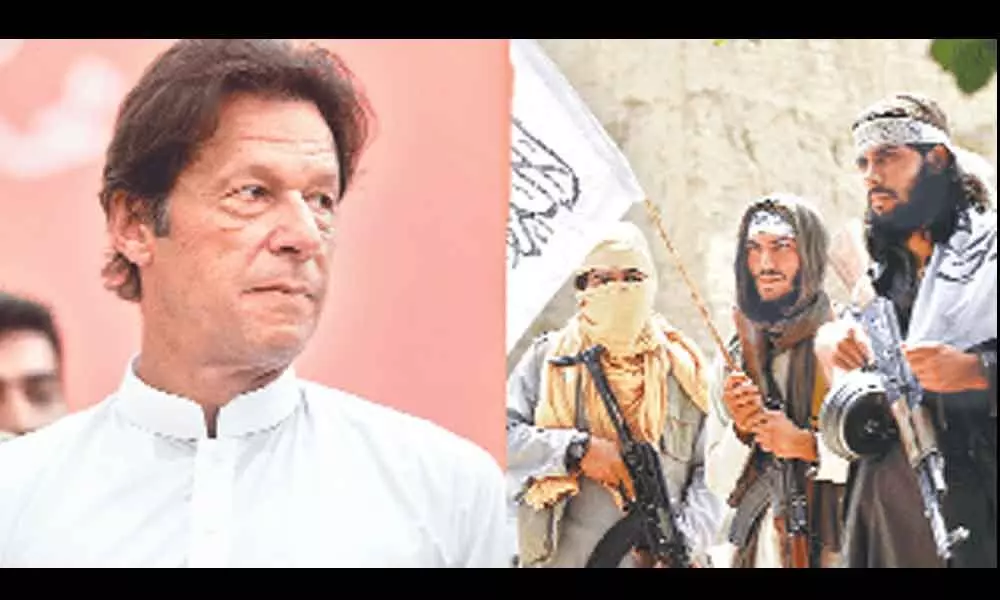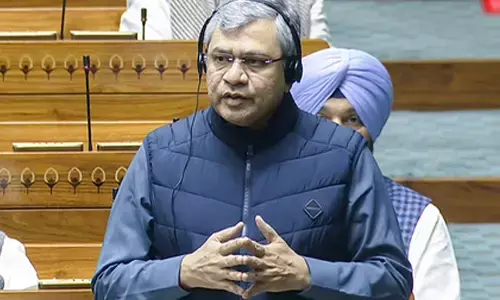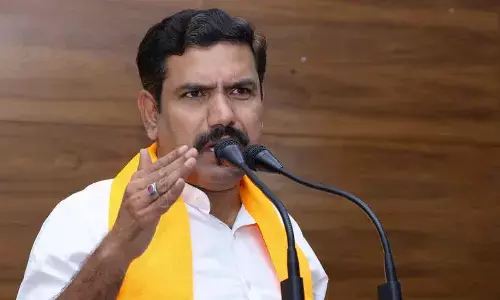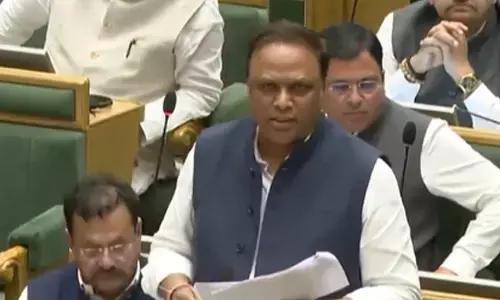Afghan conundrum: Delhi's dilemma

Afghan conundrum: Delhi’s dilemma
The Afghanistan economy has become totally dependent on American money in the last 20 years. Seventy-five per cent of the money spent by the government was funded by foreign sources.
The Afghanistan economy has become totally dependent on American money in the last 20 years. Seventy-five per cent of the money spent by the government was funded by foreign sources. The stoppage of this flow will certainly plunge the Afghan government into near-bankruptcy and the country will slide into an economic crisis.
Afghanistan does not have easy alternative sources of income. One possible source is opium trade. About 80 per cent of the opium sold in the world is supplied by Afghanistan. However, it is estimated that the Taliban obtained merely $30 crore per year from this trade. They obtained more income from the "illegal" taxes collected on the legal trade. Second possible source is foreign trade. Indeed, Afghanistan can earn money from trade as it has been doing in the past. However, it is moving in the opposite direction. India is among the top four countries in both exports and imports from Afghanistan. The stoppage of these exports will create problems for the Afghan exporters of fruits, dry fruits and spices.
Third possible source of income is increased exploitation of its mineral resources. Afghanistan is reportedly sitting on mineral wealth valued at one lakh crore US dollars. However, much of this appears economically unviable. Afghanistan would have exploited this wealth in the last three decades if this wealth was economically viable. China, for example, has made agreement to establish a copper mine in 2007 that has not materialised, in part, due to the unstable political situation. But such mines were not established earlier—say, in the sixties—which casts doubt on the economic viability of this activity.
Afghanistan is today encircled on all sides. Foreign assistance has stopped, opium trade is limited, foreign trade with India has been banned, and exploitation of mineral wealth remains uncertain. Therefore, we will see inflation, capital flight and economic distress in the coming months.
The Taliban or the people of Afghanistan are not likely to bend due to this distress, however. We have before us the examples of Syria, Iran, North Korea and Venezuela where people have suffered but stood by their governments' anti-West postures. The Taliban are deeply religious people. A paper titled 'Rhetoric, Ideology, And Organizational Structure Of The Taliban Movement' by The United States Institute Of Peace says the four major themes of the Taliban are, "national sovereignty, military strength, the sacredness of the Taliban's jihad, and the authority of the Taliban's Islamic Emirate."
A paper by Mohammad Ayub Mirdad of University of Airlangga, Indonesia, says the particular goal of Taliban "is to replace corrupt and heretical government with the rule of 'Sharia' and establish an Islamic state." A paper by Foreign Policy Research Institute of USA, titled 'Afghan Insurgents: Motivations, Goals, and the Reconciliation and Reintegration Process,' says the Taliban are "not exceptional men by any measure but they are highly motivated and committed to the cause and seem to have the endurance to fight for years and even decades. They are not a small cadre of indoctrinated fanatics whose elimination will undermine the fighting ability of the Taliban. Rather, they are ordinary men motivated to fight against those who they feel are destroying their way of life and attacking their values, community and faith."
The Afghan people, I think, would be willing to bear through economic distress given such motivations. We need to place this emerging scenario in the geopolitical context to evolve a strategy for India.
The close connection between Taliban and Pakistan is well-known. Therefore, we will have to make a joint strategy with respect to the duo. Taliban is a Sunni outfit while Shias constitute of about 20 per cent of Afghani population. The latter are persecuted. Iran is Shia. Therefore, Iran will be naturally inclined against the Taliban. The second player is China which faces two contradictory objectives. On the one hand, it would like to make Afghanistan and economic vassal state by giving huge loans under the Belt and Road initiative. On the other hand, they have to prevent ideological inroads of Talibani hardline Islam into Xinjiang religion of Turkestan where China is facing Uighur militants. China is not likely to make a deep relationship with the Taliban in this situation.
India's situation is made difficult due to the Taliban's connection with Kashmir. The United Nations High Commissioner for Refugees writes that the Taliban is connected with a loose coalition of Pakistani religious movements which are recruiting and training volunteers to be sent to fight in Kashmir. The liberation of Kashmir is a holy objective in Talibani parlance. Thus, establishment of normal relations between India and Taliban appears difficult as seen in the stoppage of trade with India by the Taliban immediately after assuming power. The close connection of India with Taliban's enemy No 1, the United States, puts fuel into this fire. The antagonism of the Taliban towards the US spontaneously flows into an anti-India stance.
India has two paths open before her. One pathway is for us to continue to stand with the US which has not only lost in Afghanistan but also managed to establish Taliban in Afghanistan. Our standing with the US will push the formation of a Taliban-Pakistan-Iran-China axis because both Iran and China are arrayed against the US. Our connection with the US will encourage the strengthening of this axis. In this case, the Pakistan-China axis will pose major problems along our entire border from the west to the east.
The second pathway open before us is to abandon the United States and the Quad and make an axis with Iran and China and encircle Afghanistan-Pakistan instead. Iran may join us in order to protect its Shia brothers. China may join us in order to prevent the spread of Talibani fundamentalism. China also has much greater commercial interests in India than in Afghanistan and Pakistan combined. But this will require us to disengage with the United States and engage with Iran and China.
The matter though will not end here even if we are successful in making an Iran-China-India axis. The Taliban ideology is rooted in Deobandi thinking. We need to establish friendship between the believing Deobandis and believing Hindus. Both believe in the writ of One Allah or One Brahman. Then we will be able to make a soft overture of spiritual unity to Taliban-Pakistan duo. We are in midst of a religious upheaval; not merely a geopolitical event.
(The author is former Professor of
Economics at IIM, Bengaluru)
(The opinions expressed in this column are those of the writer. The facts and opinions expressed here do not reflect the views
of The Hans India)


















